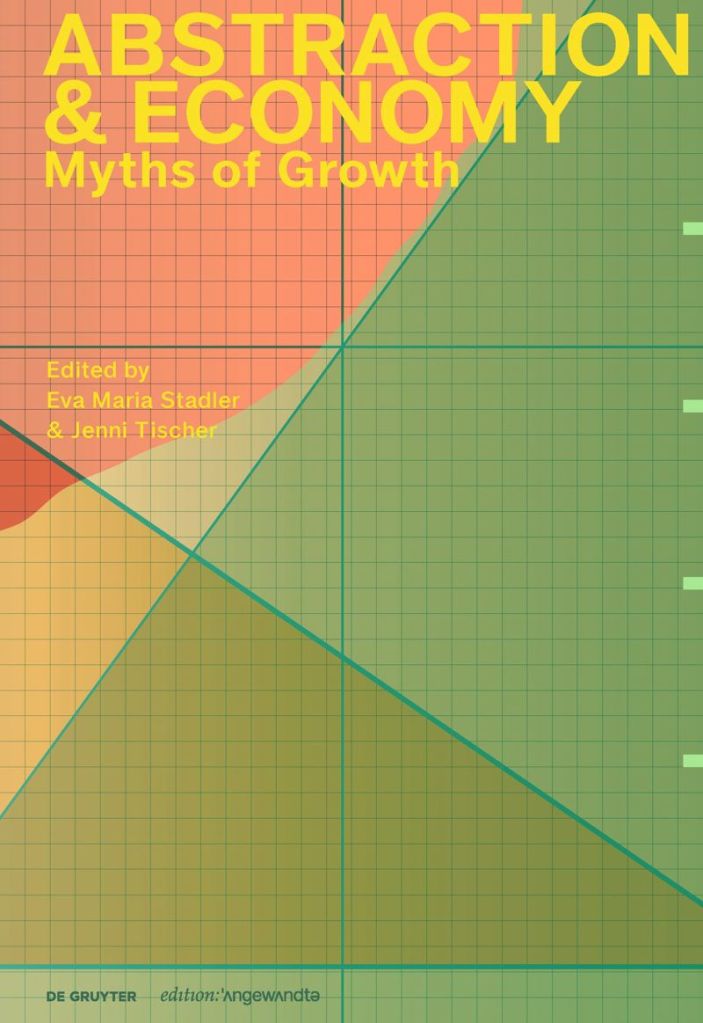
Another upcoming Viennese volume, which is being readied for print as we speak, is Eva Maria Stadler and Jenni Tischer’s Abstraction & Economy: Myths of Growth, which comes out of an online lecture series and a symposium organized by Eva Maria and Jenni at the Angewandte (for which Falke Pisano made poster designs). In some ways, this could be seen as a sequel to Gean Moreno’s In the Mind but Not from There: Real Abstraction and Contemporary Art—and indeed my own contribution is a tweaked and updated version of my essay in that volume, “Concrete Abstraction—Our Common World.”

Meanwhile, I will try to make time (easier said than organized) for my ongoing work on abstraction. I have cancelled an upcoming lecture in Berlin because I really do not see how I could speak in Germany right now, but I will try to use talks and articles to continue developing what should at some point become the second volume of Forms of Abstraction. In addition to Jaleh Mansoor’s review of the first volume (Objections) in De Witte Raaf (in Dutch), I was happy to see a brief but illuminating discussion by Tobias Dias in a Danish-language article on Georges Didi-Huberman and form. With the collapse (intellectually and politically, and sometimes organizationally or financially) of so many magazines and journals, this is already quite something!
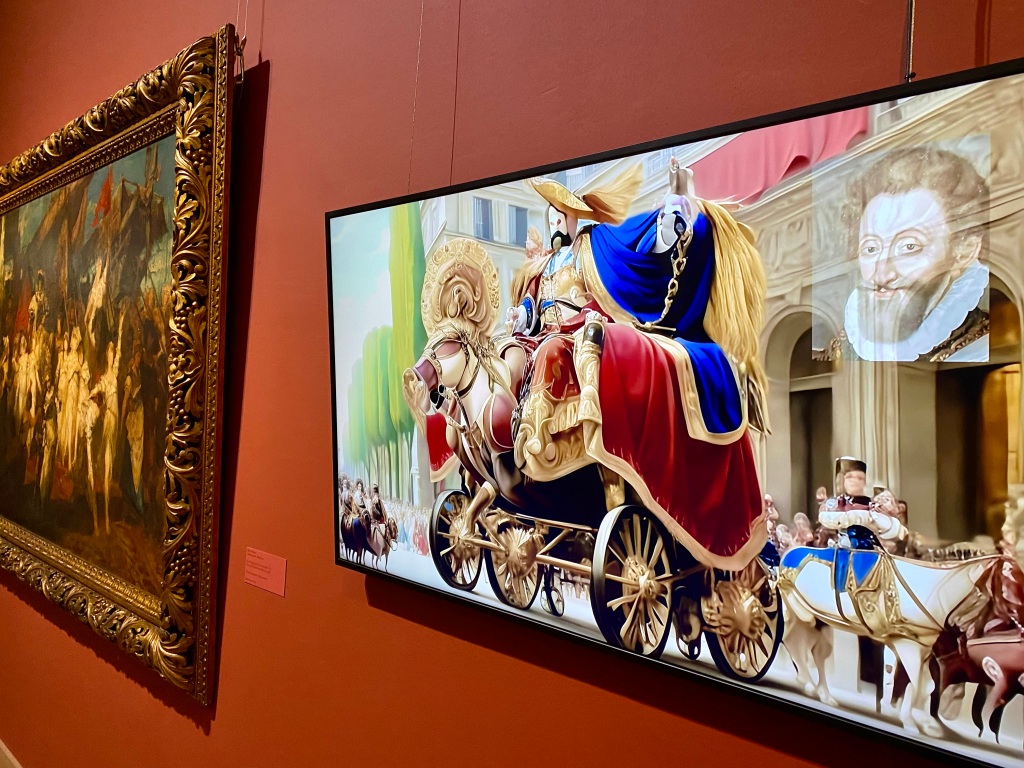
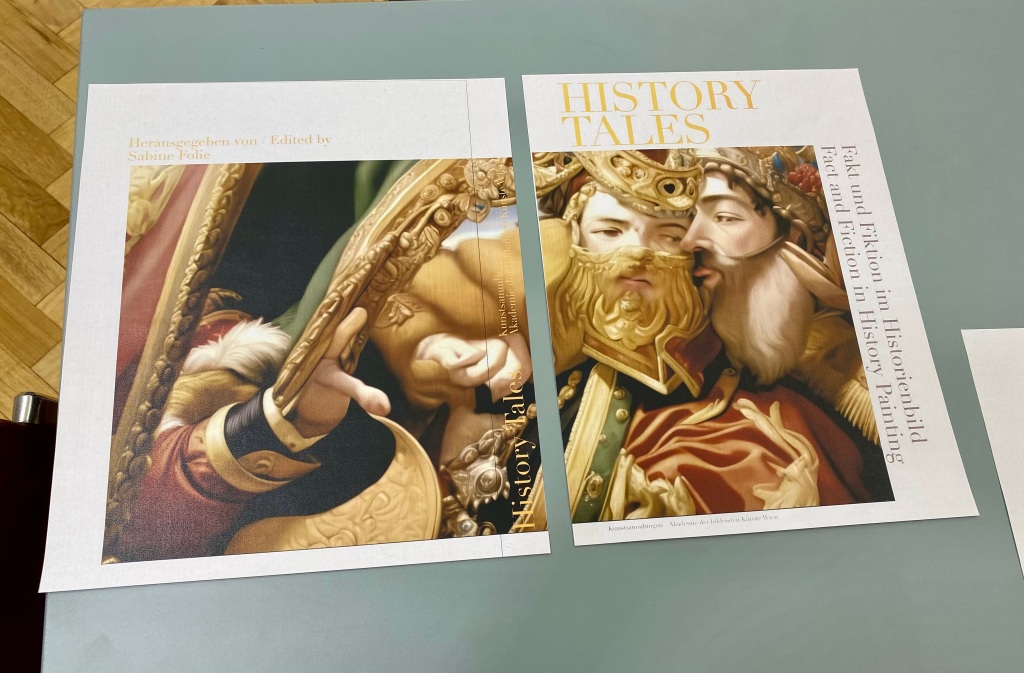


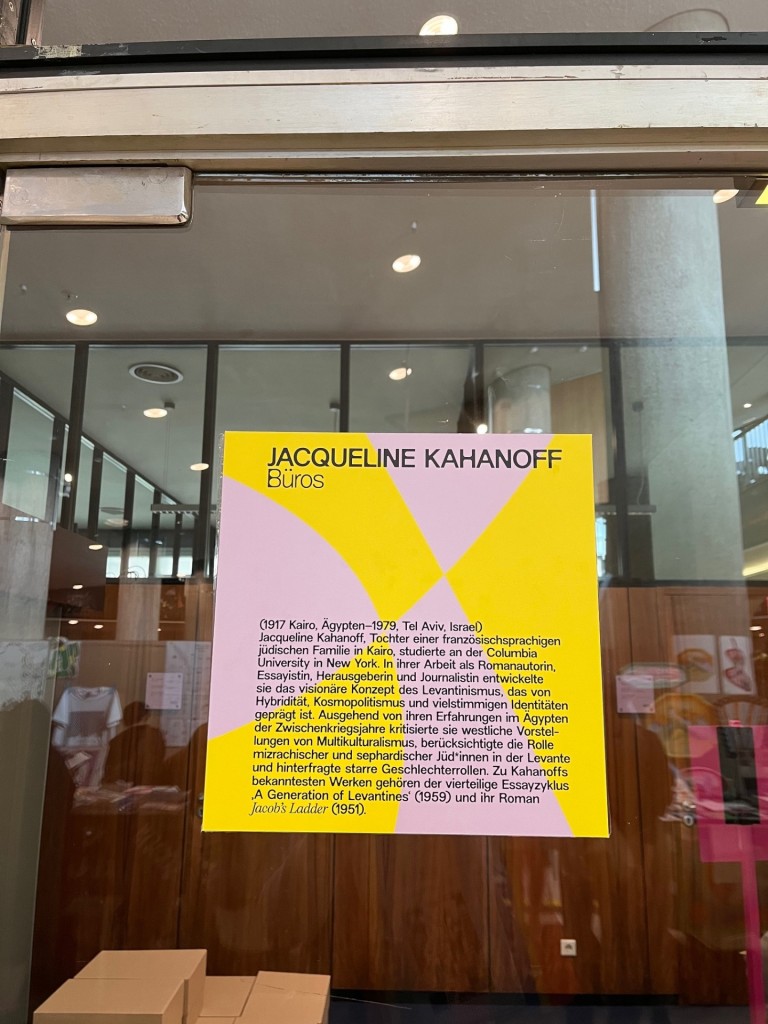


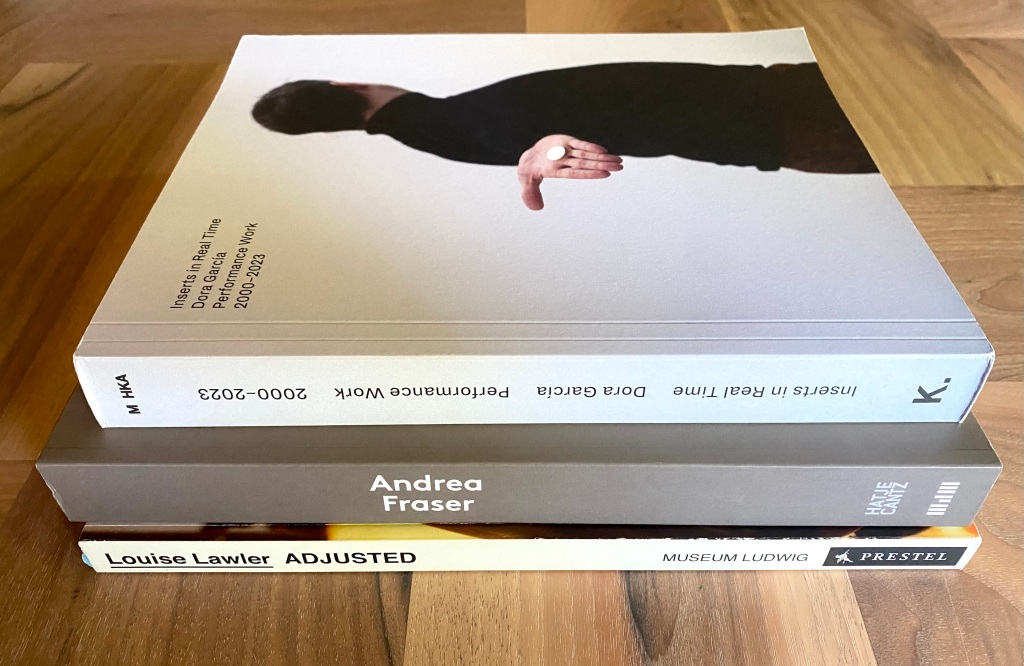
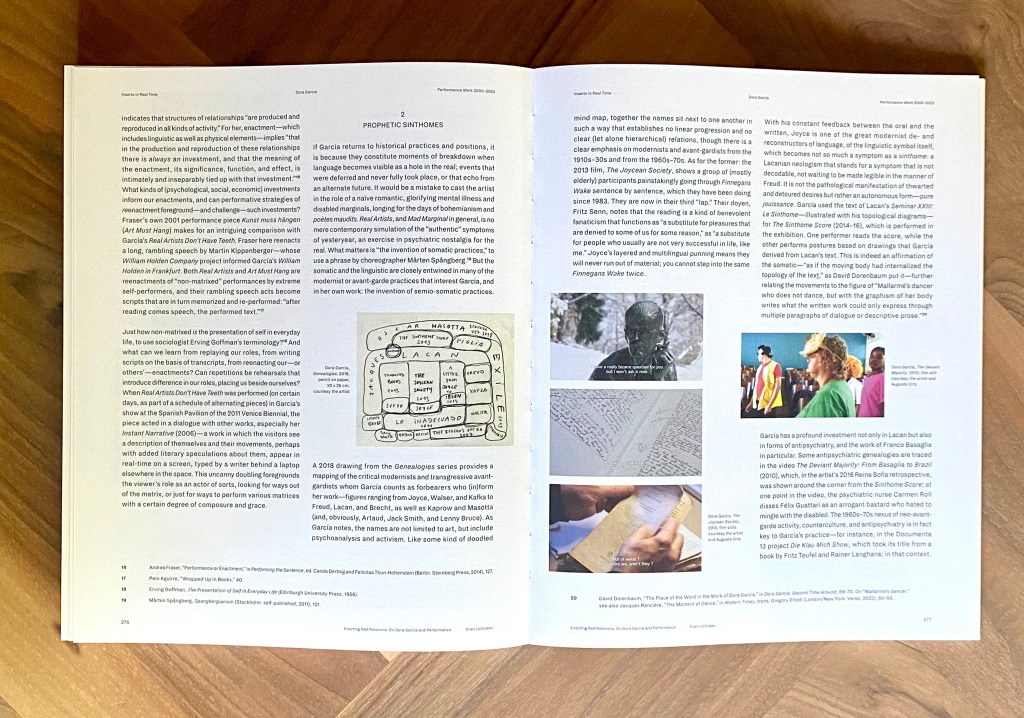
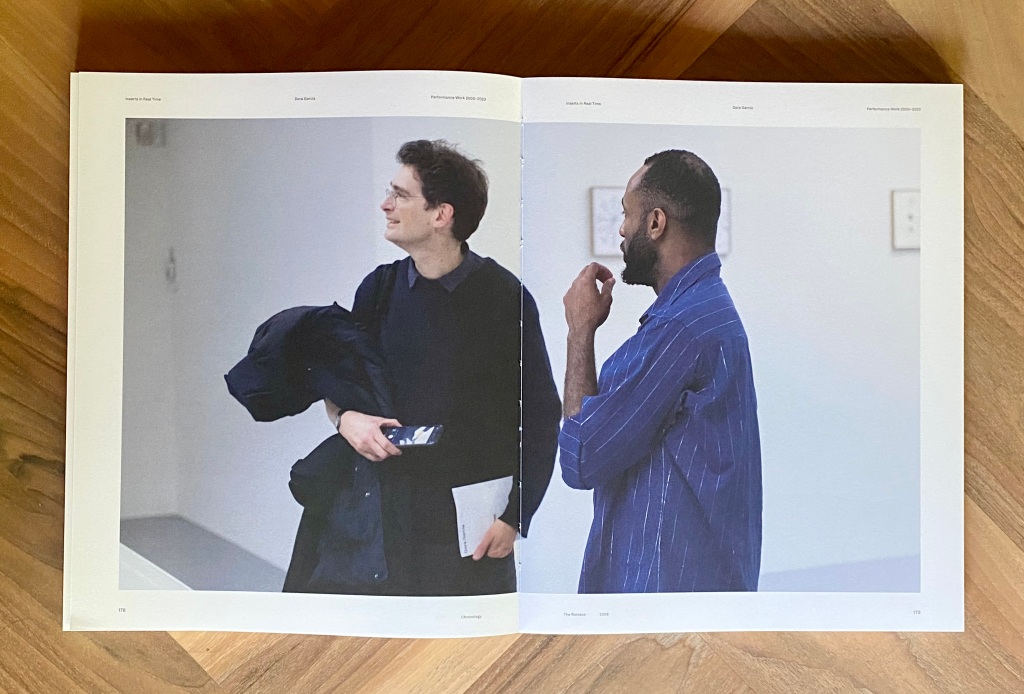


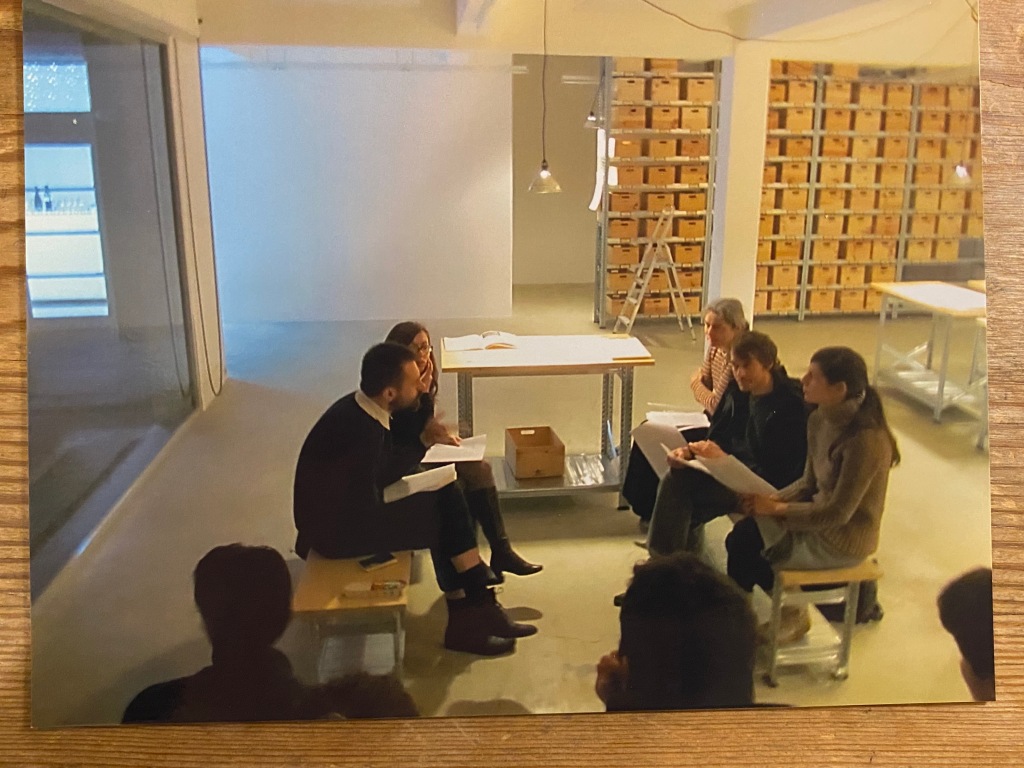

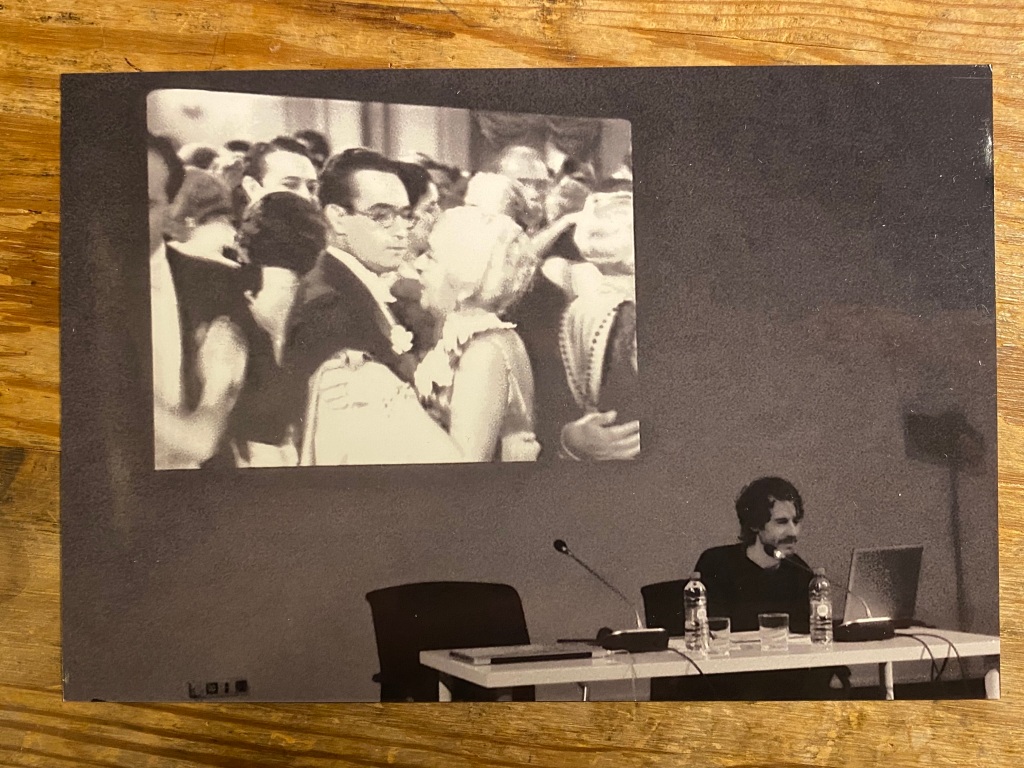
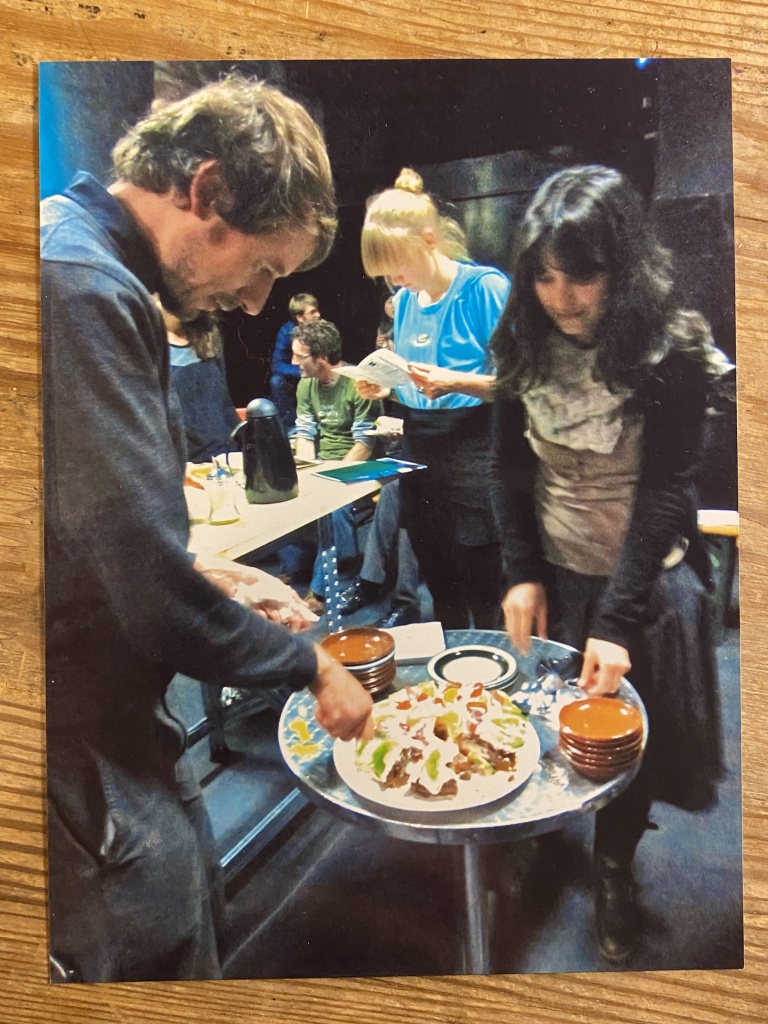


You must be logged in to post a comment.